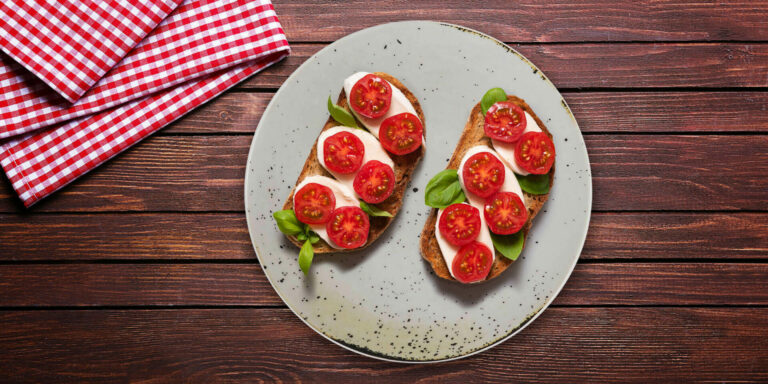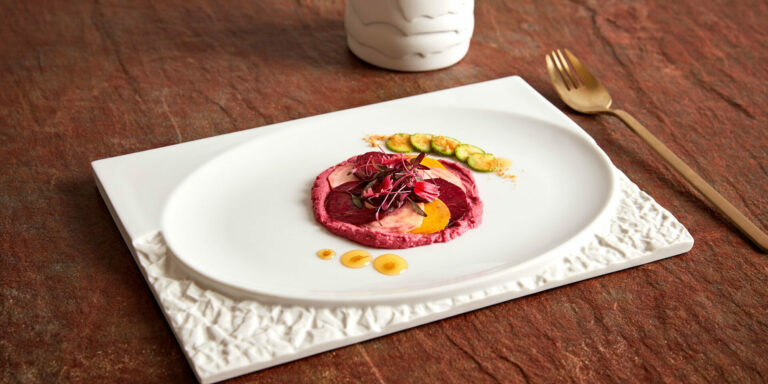
Menu
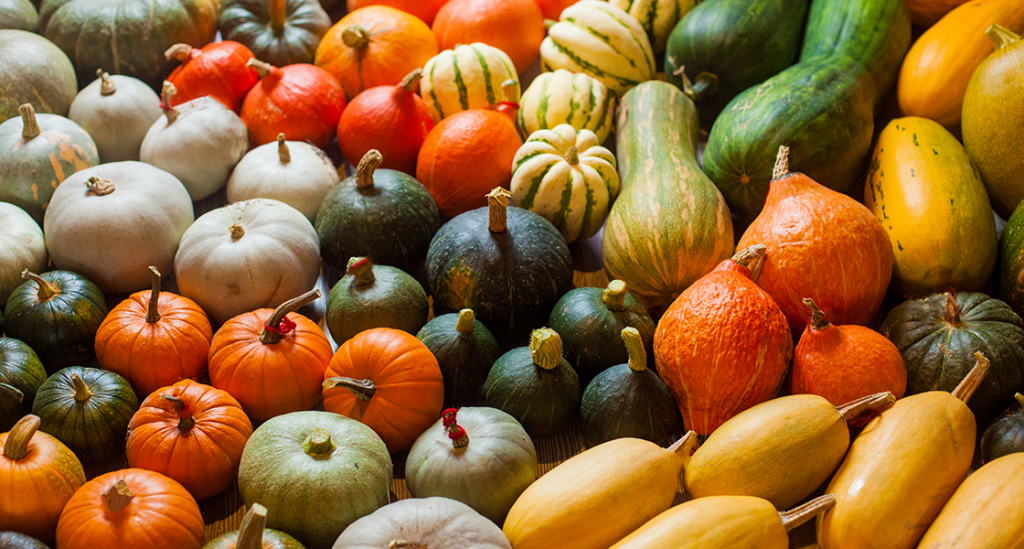
When you think of the word autumn, what memories come to your mind? Perhaps, you’re thinking of the yellowish leaves gently falling from the trees, feel the cooler dawn or the aroma of roasted chestnuts.
Autumn reminds us of cosiness, and nature offers us a variety of tasty and nutrient-rich fruit and vegetables!
According to the Mediterranean diet, the seasonality of food should be privileged. Thus, we enhance all the flavour of the food and also benefit from benefit from a better quality/price ratio. Furthermore, these foods are normally associated with a smaller carbon footprint, during their transport and storage.
Discover the main autumnal food items and their benefits, as well as how you can use them in your own diet.
Fruit
This season’s fruits include persimmons, grapes, tangerines, pomegranates, oranges, cherimoya, peach, pineapple, plum, apple, pear, physalis, lemon and chestnuts.
Persimmon: comprising 83% of water and rich in potassium
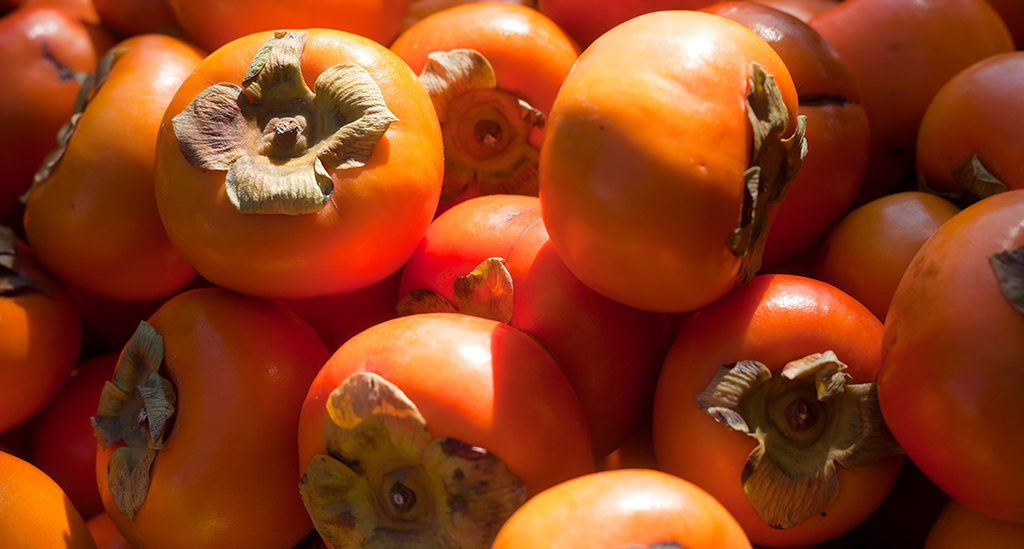
When we think of autumnal food items and their benefits, persimmon is always present! The name “persimmon” (Diospyros) comes from the Greek dióspuron, meaning “food of Zeus”.
The persimmon has 65 kcal per 100 g, and a portion of this fruit, 80 g (equivalent to a small persimmon). Per 100 g, 82.6 g is water and 14.8 g carbohydrates. This is a fruit rich in potassium, providing around 11.5 % of the recommended daily intake. The beneficial effects on our health, are due to its richness in vitamins, phenolic compounds and carotenoids.
Pomegranate: rich in antioxidants

I also highlight the pomegranate: such a typical autumn fruit and so appealing for its colour!
One portion corresponds to a piece weighing about 140 g. The “Red-coloured fruit” is the presence of lycopene, flavonoids and ellagic acid, which are extremely important in protecting cells from oxidative damage and preventing cardiovascular diseases, but also in memory. According to Greek tradition, cutting-open a pomegranate, during a wedding, symbolizes fertility.
Chestnut: substitutes rice, potato or pasta
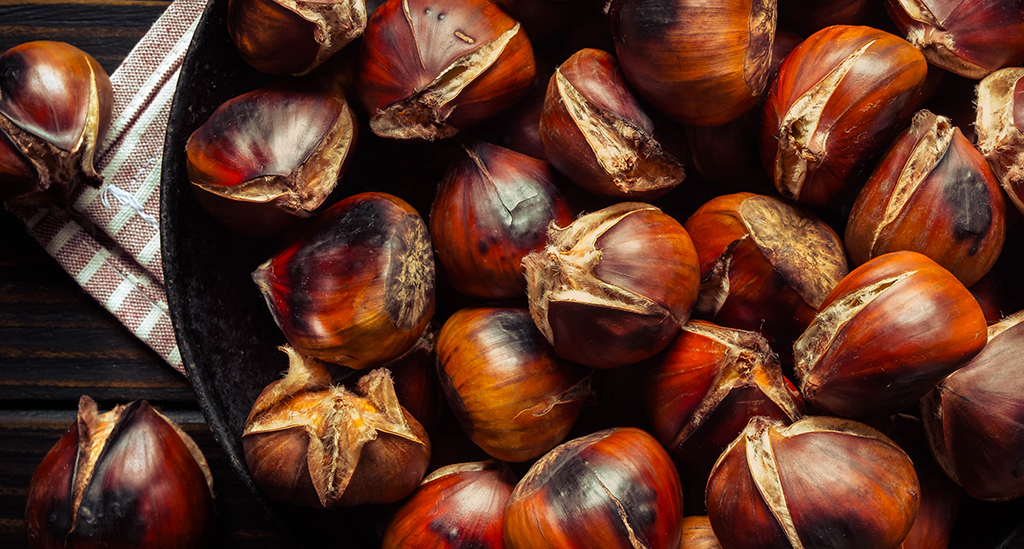
Chestnut brings us back to Magustos (Autumn Chestnuts’ Celebration) and to Saint Martin. Chestnut is a starchy fruit, by being, from a nutritional point of view, more similar to the group of cereals and derivatives and tubers, from the Food Wheel, so it can be used as a substitute for rice, potatoes or pasta, in a complete and balanced diet.
Pay attention
Some fruits from this season, such as persimmons, bananas or grapes are considered as being “more calorific”, thus having a “negative” connotation. We should not compare them with food items which are actually “hyper-caloric” like cakes and chocolates, thus offering a high energy value in a small volume.
Vegetables
When it comes to vegetables, nature offers us an immense variety, such as pumpkin, watercress, leek, broccoli, onion, chayote, courgetti, turnip greens, amongst many others.
Pumpkin: decorative, low in calories and rich in vitamins
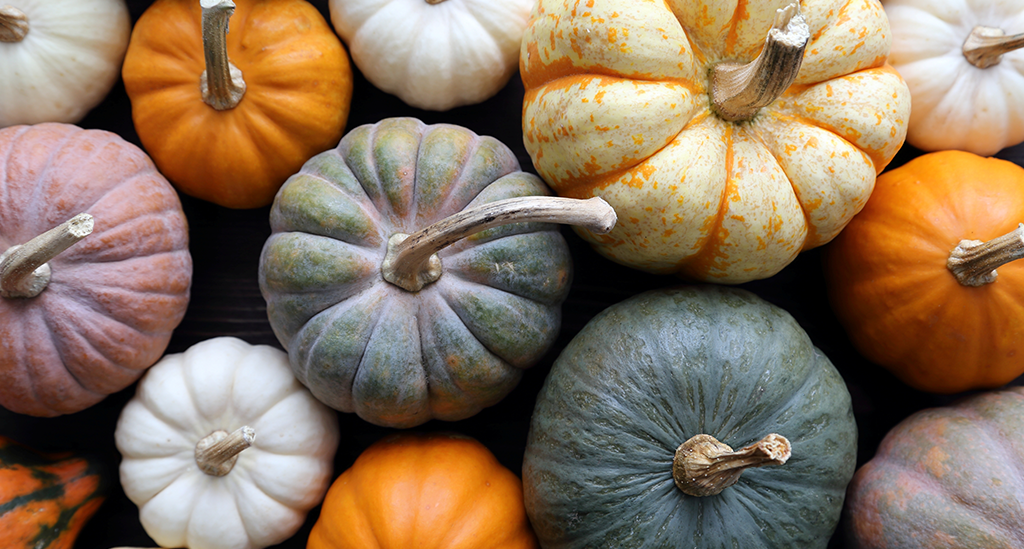
Pumpkin, widely used for Halloween, has a low energy value, only 11 kcal per 100 g and provides several vitamins such as vitamin C, A and carotenes and minerals, such as potassium, calcium, phosphorus and magnesium.
In addition, it is very versatile, as it is used to make numerous recipes, from sweet to savoury.
Sweet potato: source of fiber, thus helping satiety
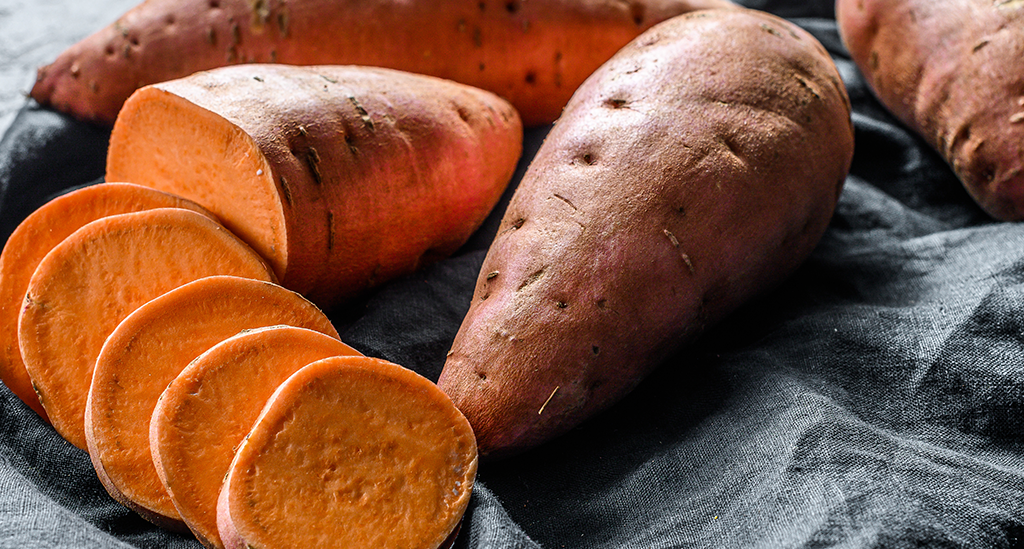
The sweet potato is a tuber very characteristic of this season, with most of its harvest occurring between the months of September and November.
It can be distinguished by its colour: white, yellow, orange or purple. The carotenoids and anthocyanins are responsible for the orange to purplish colour, providing antioxidants, helping in the cell protection. It is an excellent source of fibre and complex carbohydrates, helping satiety.
Nature is very generous with us, so we should take advantage and enjoy what it gives us in each season!
Did you enjoy learning about these autumnal food items and their benefits? Read also:

Lia Faria
Nutritionist (CP 2323 N), nutritional coach and passionate about a healthy lifestyle
She graduated in 2013 in Nutrition Sciences and got her internship at Centro Hospitalar de S. João, in Porto, Portugal, from where her love for Clinical Nutrition has emerged. Fascinated by personal development, in 2015 she specialised in Nutritional Coaching. Already in 2018, she got a Post-Graduate Degree in Advanced Clinical Phytotherapy. A year later, she launched herself into the digital world and shares daily food tips and practical and healthy recipes on social networks.





